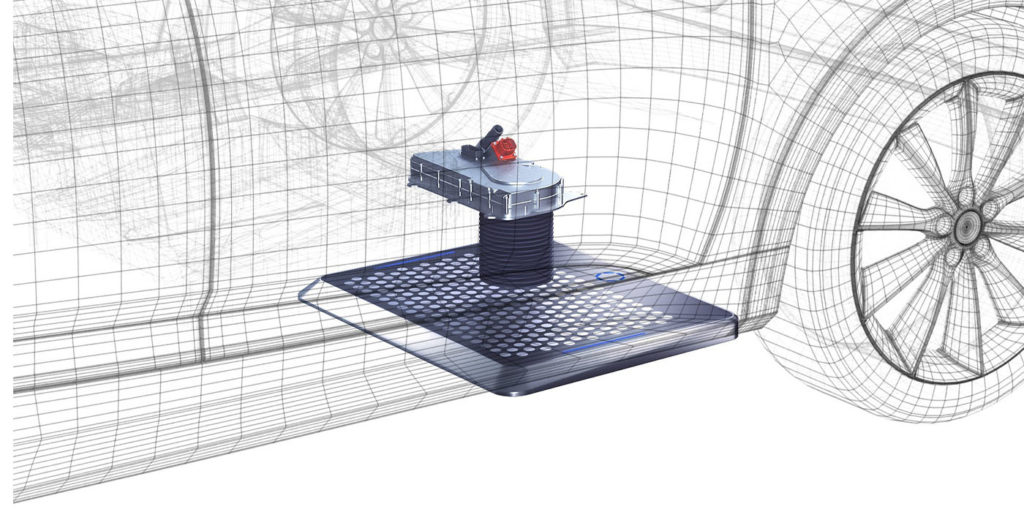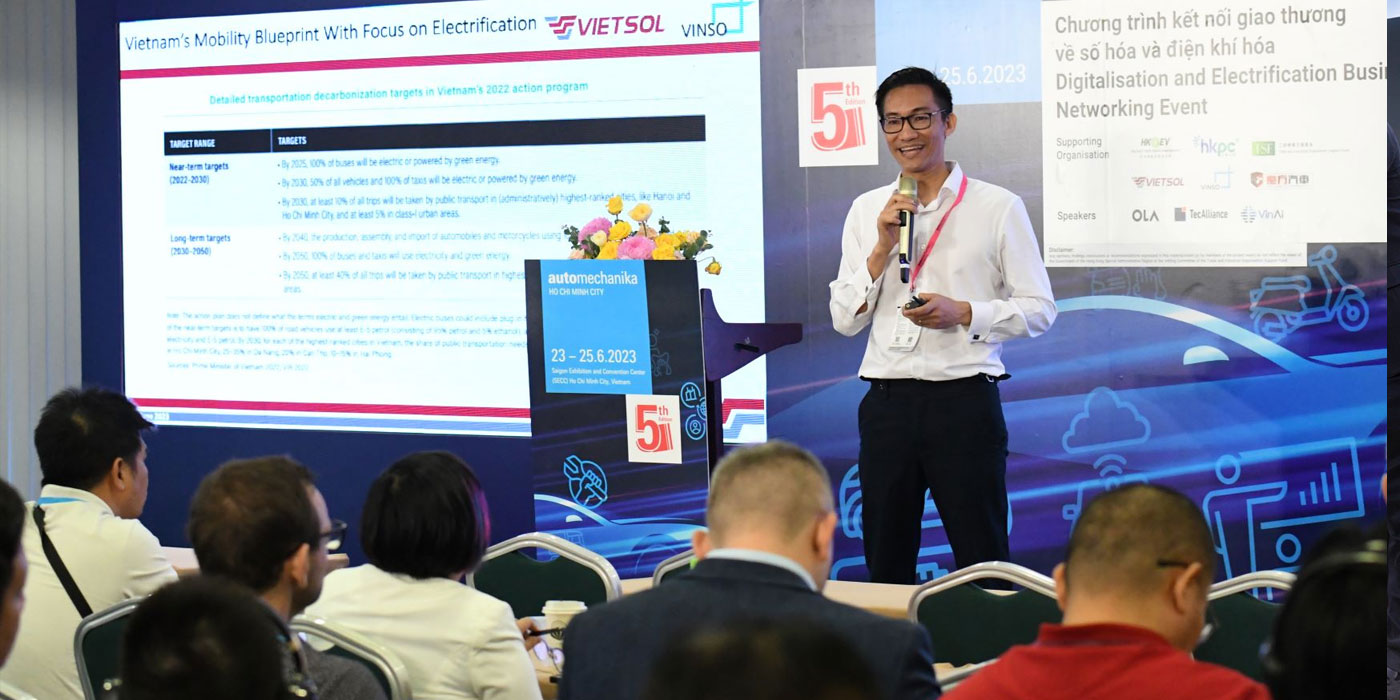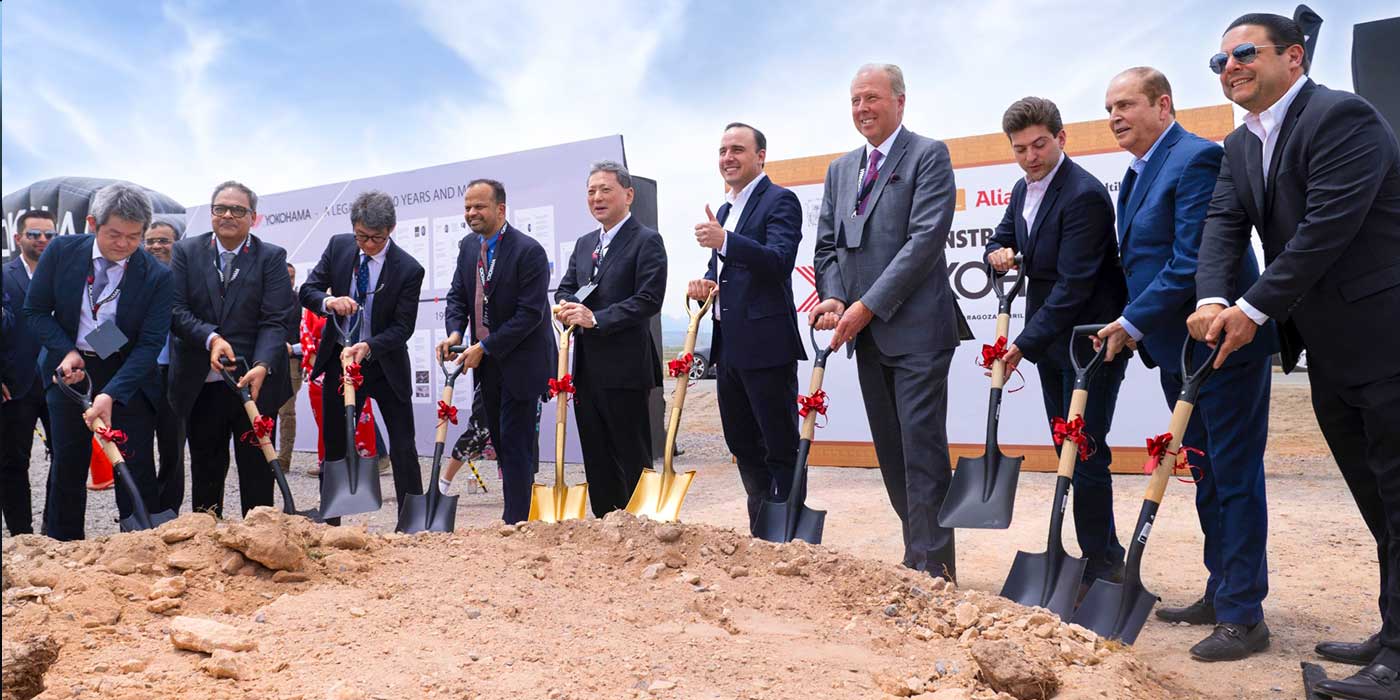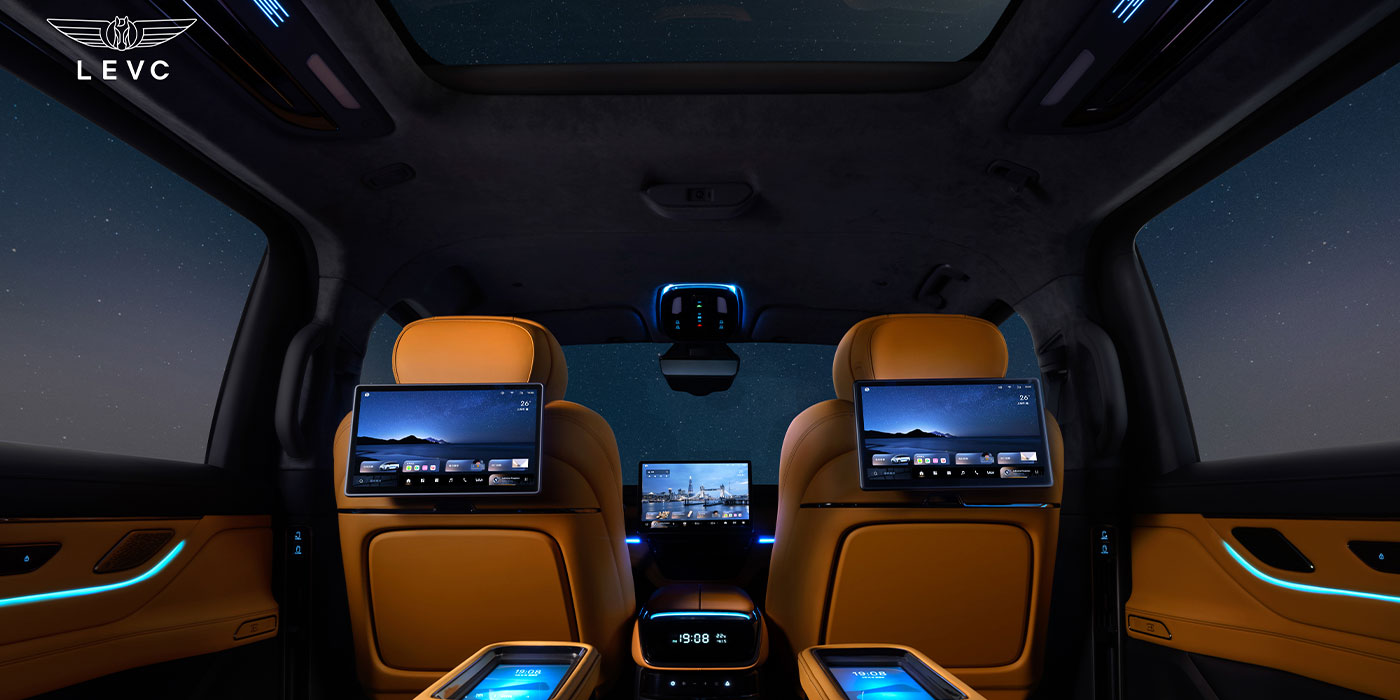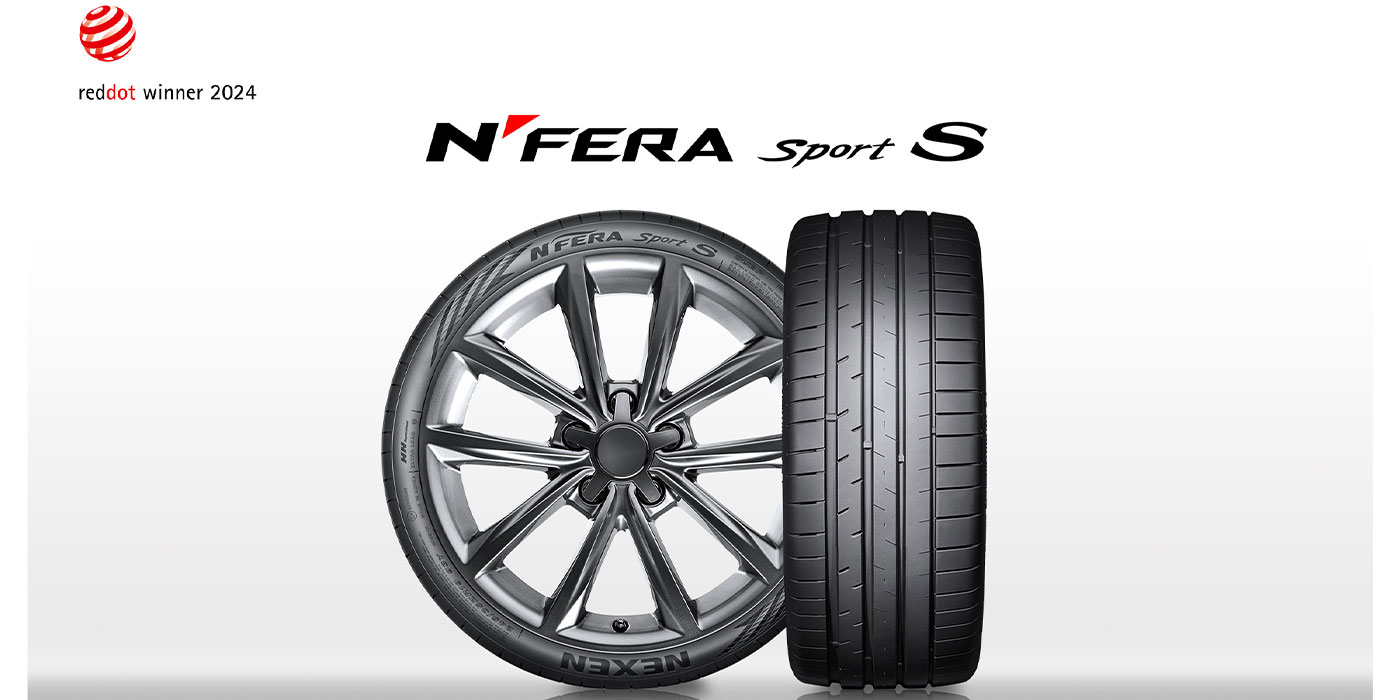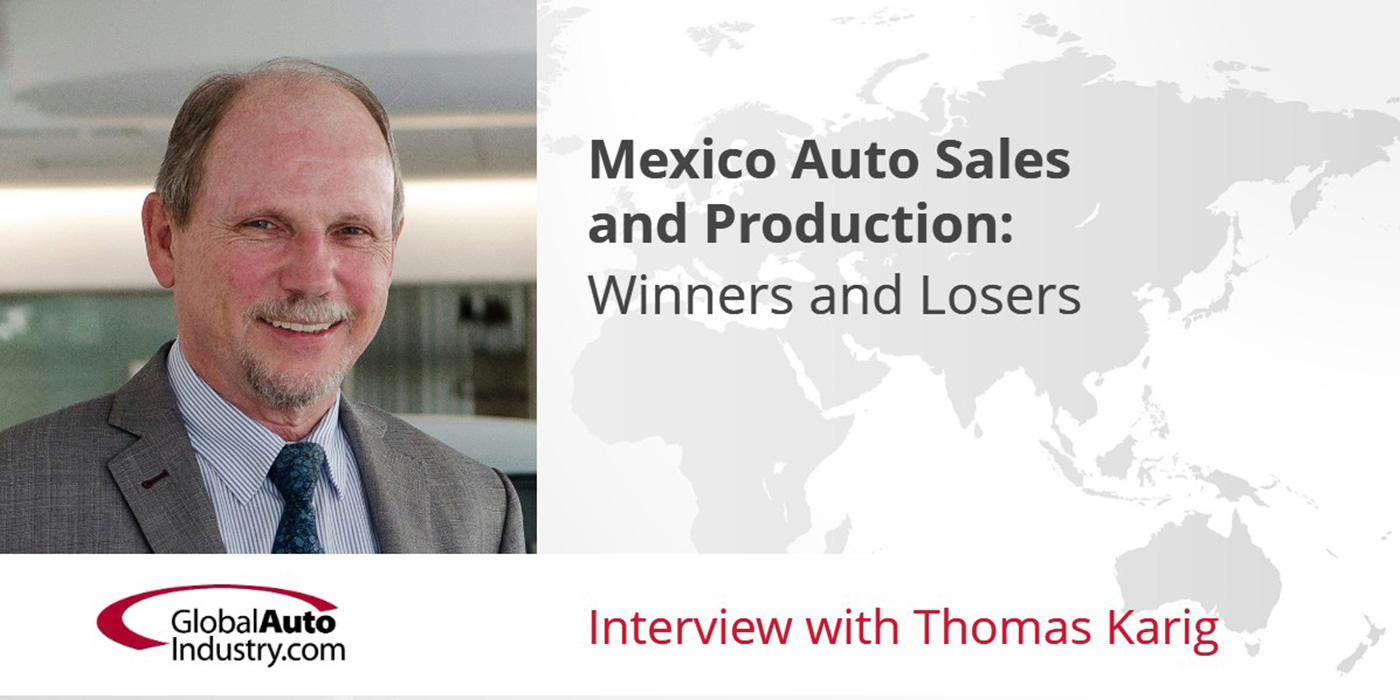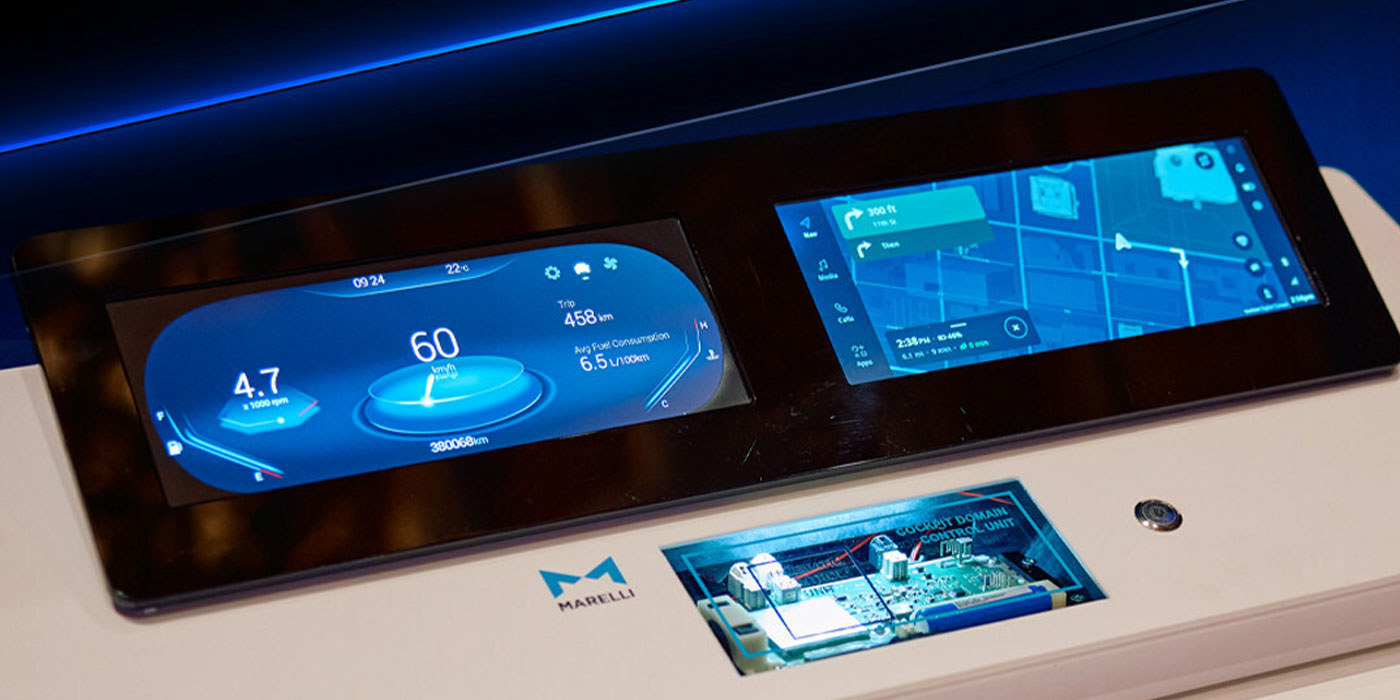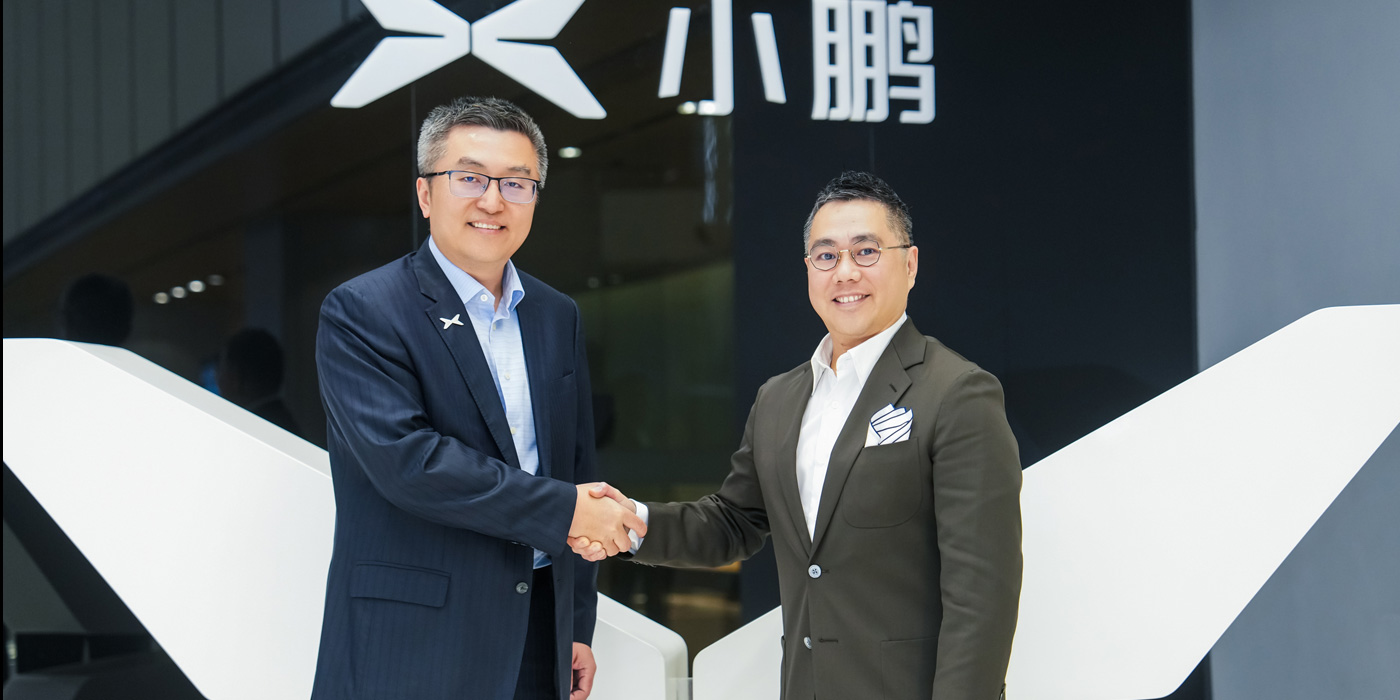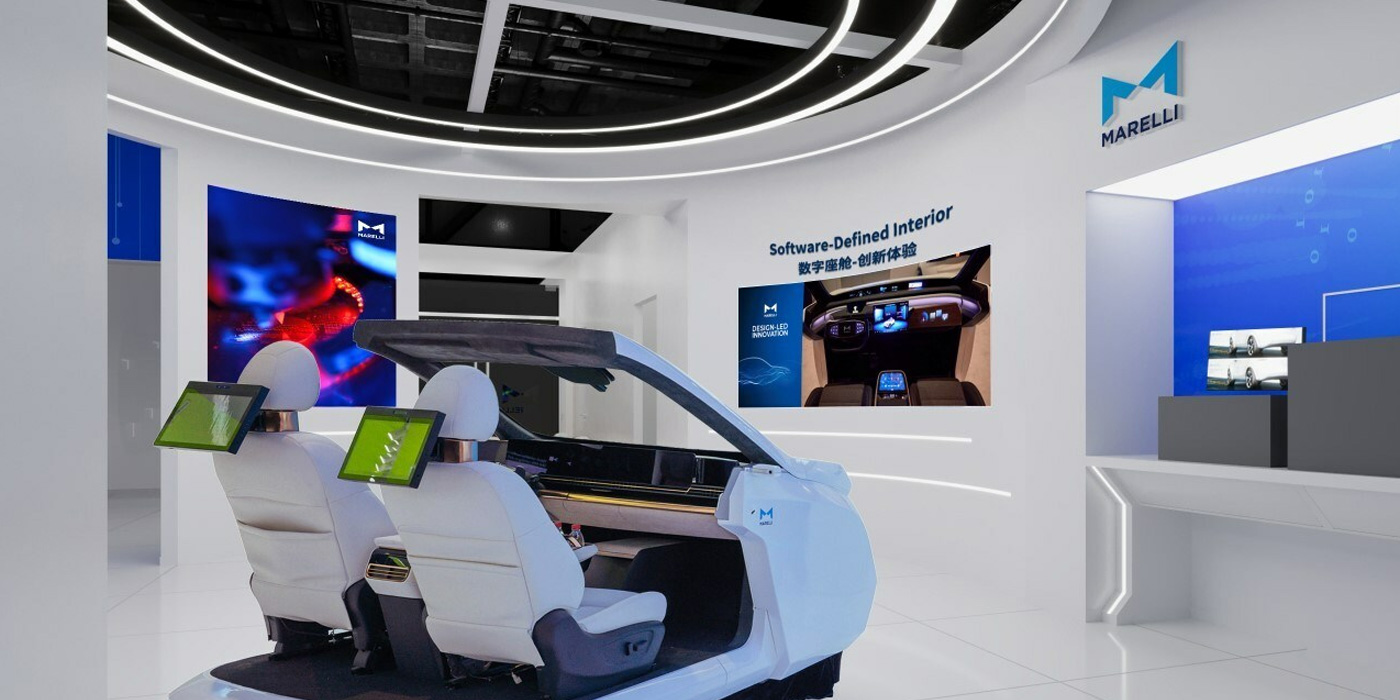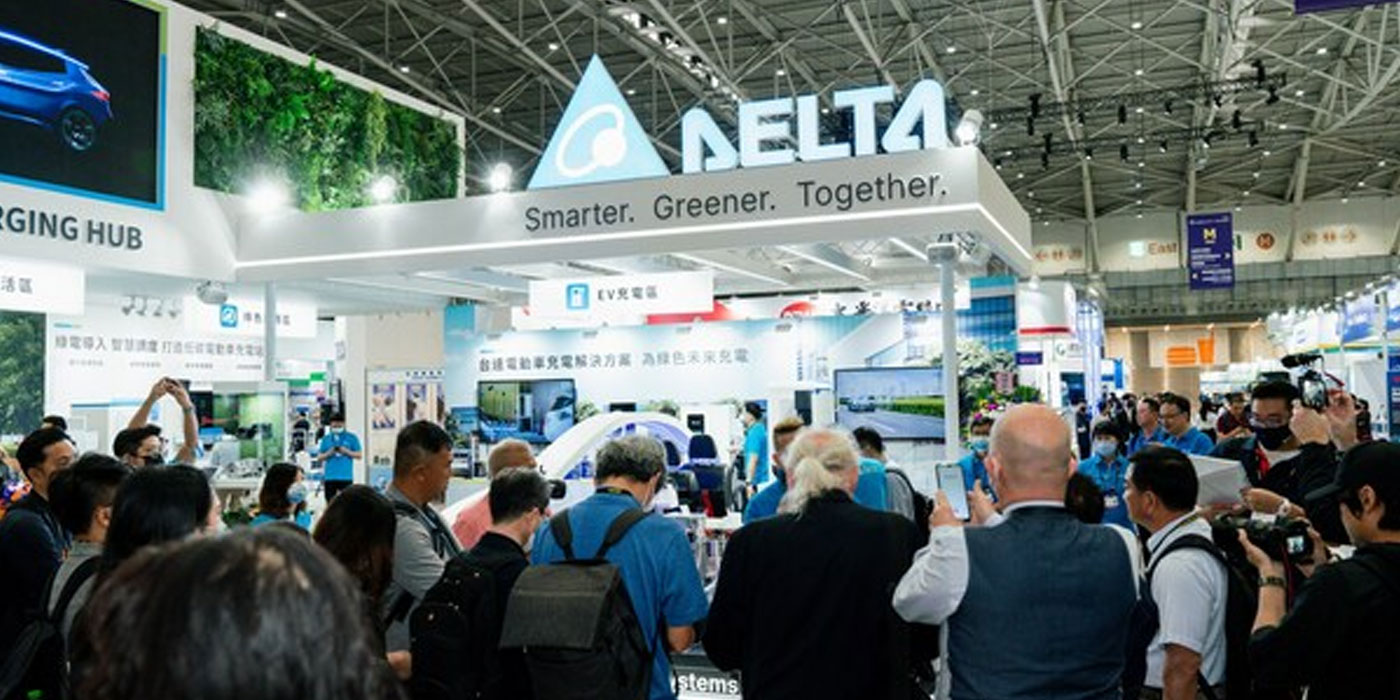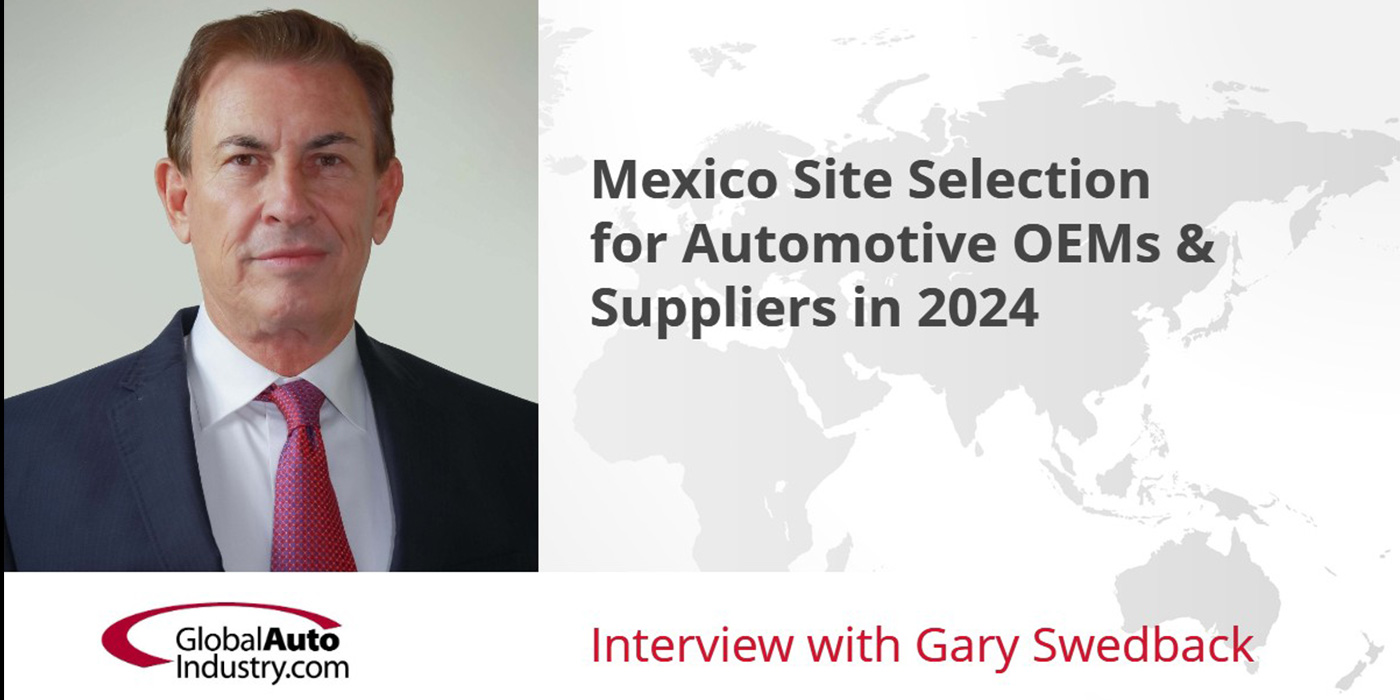China’s National New Energy Vehicle Technology Innovation Center (NEVC) and Austrian high-tech company Easelink have initiated a strategic partnership by signing a memorandum of understanding to make the automated conductive charging system Matrix Charging the leading technology for automated charging in China.
As the world’s largest automotive market and the leading market for e-mobility, China invests heavily in scouting out new technologies. The sourcing of advanced core technologies with global influence is handled in China by the National New Energy Vehicle Innovation Technology Center (NEVC), a platform supported by the Ministry of Science and Technology of the People’s Republic of China. NEVC is supported by multi-billion dollar companies ranging from lead OEMs such as BAIC, BYD and Geely (all in the top class of EV sales in China) to one of the top 10 automotive supplier Valeo and CATL, the global leader in lithium-ion battery development. With the support of the Chinese state and industry, NEVC will play a major role in defining how new energy vehicles are charged in the future.
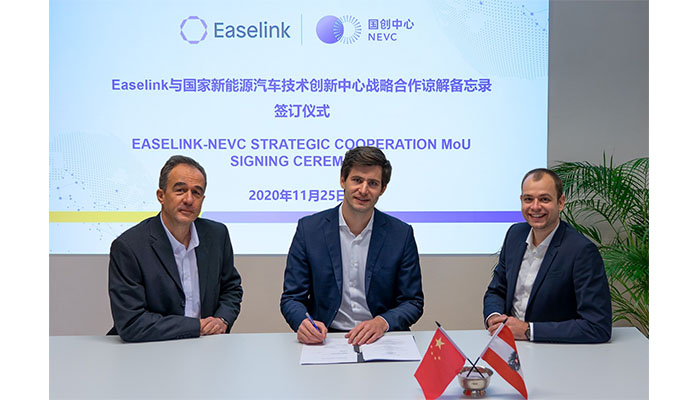
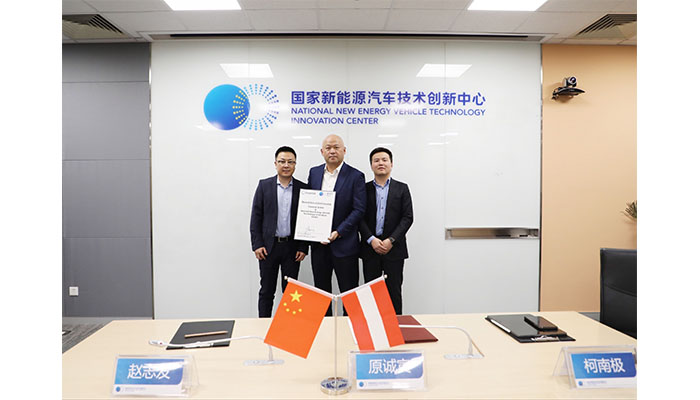
Looking forward to the future charging infrastructure of electric vehicles, NEVC has just launched a strategic cooperation with the Austrian high-tech company Easelink. By signing a memorandum of understanding, they aim to make Matrix Charging the leading charging technology for electric vehicles in China. Furthermore, Easelink and NEVC will actively engage with the relevant organizations and companies for standardization of electric vehicle charging in China.
China’s strategy with respect to new energy vehicles is strongly driven by the reduction of pollutant emissions. NEVC and Easelink want to facilitate the breakthrough of e-mobility by redefining how electric vehicles (EVs) are charged. Today, bulky charging columns are the only option for making charging available in urban areas. However, with the growing EV market share in China (forecast to reach 55% by 2035), the country does not want to depend on charging infrastructure that creates obstacles in densely populated areas. A solution is needed for transforming normal parking lots into charging points with a technology integrated flush with the parking space surface that does not create any barriers. At the same time, the technology must be extremely robust and able to withstand all environmental conditions in public spaces. Furthermore, the charging solution must be cost-effective to allow for economical scalability. Based on these challenges, NEVC and Easelink see Matrix Charging as the most promising solution for setting up an automated charging network on the Chinese market.
“I firmly believe the automatic conductive charging technology will become the leading charging technology in the field of Chinese new energy vehicle. With Matrix Charging we have a strong solution with a competitive cost structure. I believe that this unique technology will be paving the way for the upcoming autonomous driving era. NEVC, we are a team striving for innovations and edge-cutting technologies, and together with our partner Easelink, we are ambitious to launch and scale up Matrix Charging, which is a key technology linking the new energy vehicles and the infrastructure, within a rather short period of time,” said NEVC General Manager Yuan Chengyin.
The automated charging technology Matrix Charging consists of two components: the Matrix Charging Connector is the unit installed in the vehicle underbody, and the counterpart is the Matrix Charging Pad, which is installed in the parking space. As soon as the vehicle parks above the charging pad, the connector is lowered down from the vehicle, and the vehicle is automatically charged. Matrix Charging targets power levels of 22kW AC and 50kW DC. In contrast to inductive charging, Matrix Charging is based on conductive charging with 99% transfer efficiency. Both components are coupled together via a direct physical (conductive) contact for the charging process. An integrated cleaning routine handles the issue of soiling. By embedding the robust charging pads flush with the parking surfaces, additional barriers in densely developed areas can be avoided. The high user acceptance of this convenient charging solution can already be seen in various pilot projects in Europe and China. Mobility service providers such as e-taxi companies and car-sharing companies are actively engaging in such projects. OEMs, International public utilities and cities have also expressed interest in Matrix Charging. NEVC and Easelink showcased for first time the Matrix Charging technology in the autonomously driving BAIC Lite vehicle at the World Intelligent Connected Vehicle Conference in Beijing in 2019.
“As soon as electric vehicles are parking autonomously, without a driver, the function of automated charging will become crucial. At the same time, a great potential for charging is seen in times when vehicles are standing still. By charging frequently during typical parking stops (at home, in the city, at shops, at work…), the power transfer needed for the electric vehicle can be spread throughout the day, especially when solar energy is available,” says Easelink CEO Hermann Stockinger.
The automated conductive charging system Matrix Charging is the most innovative solution to support the breakthrough of e-mobility. NEVC and Easelink are convinced that Matrix Charging is the technology for sustainable and scalable development of a nationwide automated charging network.

